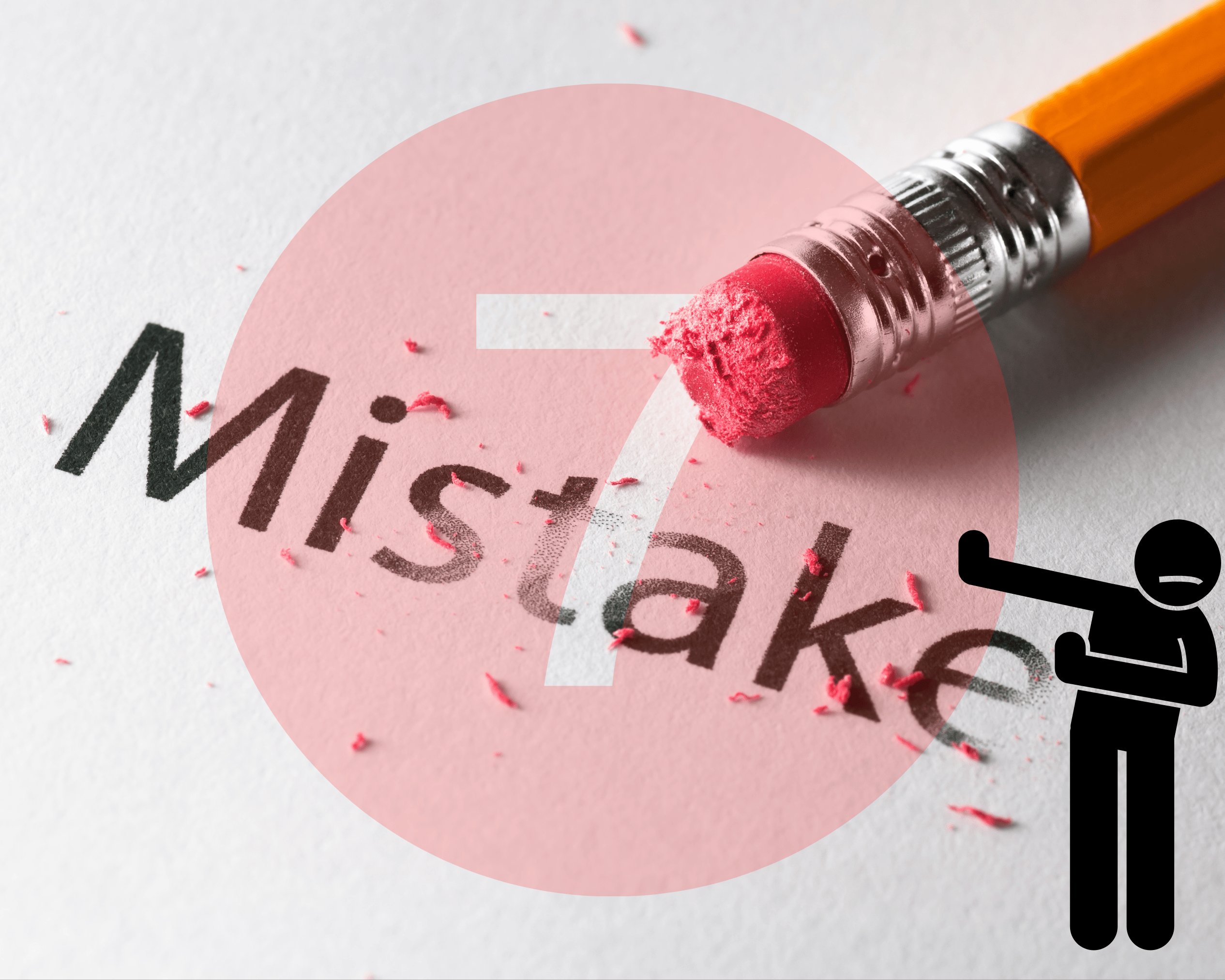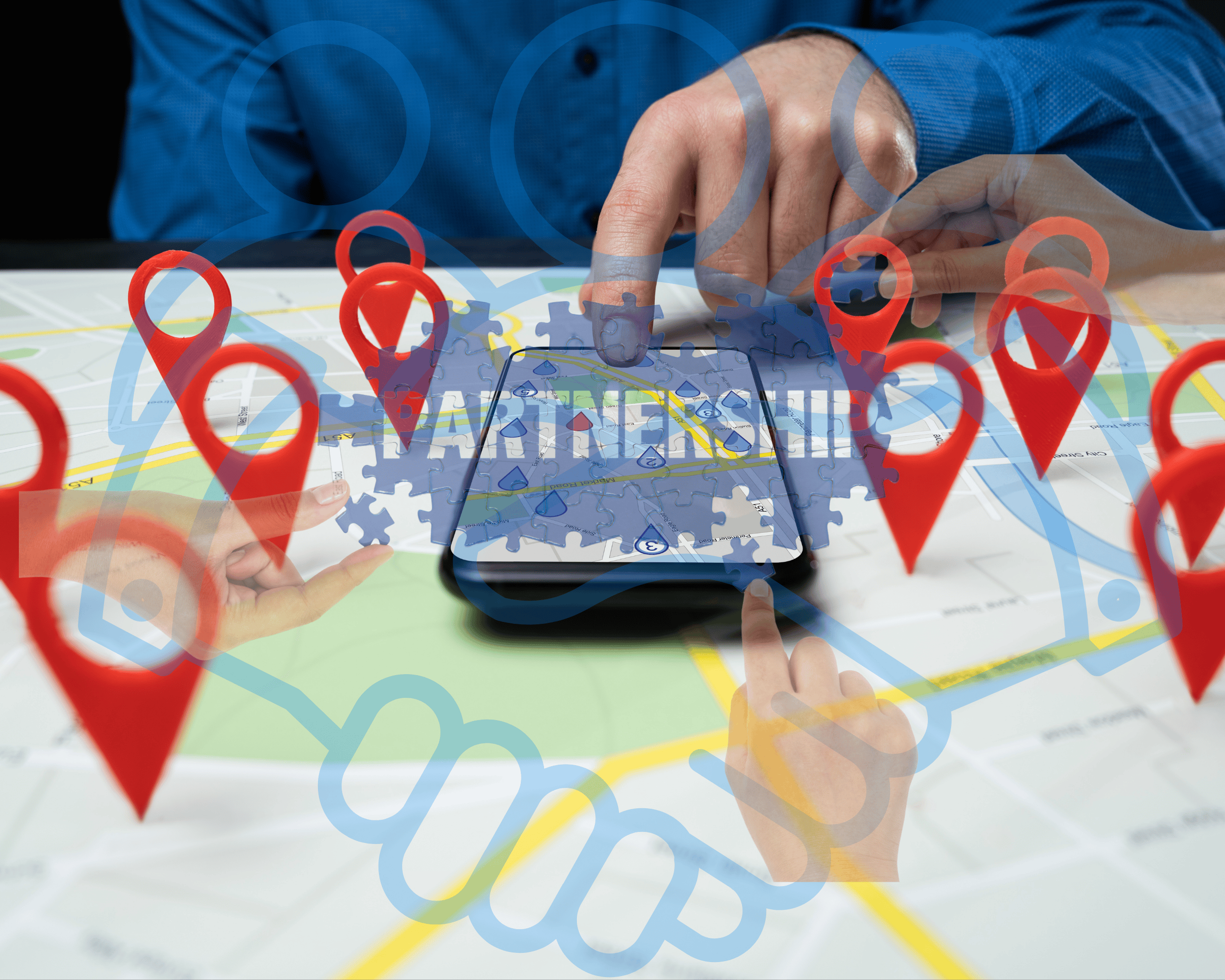Merging companies exposes vulnerabilities that can reduce deal value, violate regulations, and harm reputation. To protect your investment, focus on these key areas:
- Pre-acquisition checks: Audit systems for risks like outdated security, compliance gaps, and weak access controls.
- Integration planning: Address legacy systems, unify security protocols, and phase system merges carefully.
- Post-acquisition monitoring: Use tools like SIEM and NDR to track threats in real time.
- Employee training: Prepare teams with role-specific security training and incident response drills.
Quick Overview of Key Security Steps:
- Before Purchase: Conduct a security risk evaluation checklist covering data, networks, and vendors.
- During Integration: Resolve legacy system conflicts and standardize security protocols.
- After Purchase: Gradually implement security measures and monitor for threats.
Cybersecurity tools like Clearly Acquired can streamline these processes with automated checks, secure document sharing, and real-time dashboards. Follow a structured approach to ensure your acquisition remains secure.
Security Assessment Before Purchase
Security Risk Evaluation Steps
Take a close look at every layer of the target company's digital setup. Focus on these key areas:
- Technical systems: Check network architecture, security protocols, data storage, access controls, and how they handle incidents.
- Compliance: Review security certifications, regulatory compliance, past audits, and any history of incidents.
- Third-party risks: Examine vendor agreements, cloud contracts, integration points, and supply chain security measures.
This detailed review lays the groundwork for effective cybersecurity due diligence.
Security Assessment Checklist
| Assessment Area | Key Items to Verify | Priority Level |
|---|---|---|
| Data Protection | Encryption protocols, access controls, backup systems | Critical |
| Network Security | Firewalls, intrusion detection, VPN infrastructure | High |
| Endpoint Security | Antivirus software, device management, patch status | High |
| Identity Management | User authentication, privilege levels, password policies | Critical |
| Incident Response | Emergency procedures, recovery plans, team responsibilities | Medium |
| Vendor Management | Security requirements, compliance verification, contract terms | Medium |
Using the right tools and platforms can make these evaluations much smoother and more effective.
Using Clearly Acquired for Security Checks

Clearly Acquired simplifies and strengthens cybersecurity due diligence with tools designed for secure and efficient evaluations. Here's how it helps:
- Automated user verification powered by PLAID technology.
- Secure document sharing, complete with automated NDAs to safeguard confidentiality.
- Interactive deal dashboards for tracking issues, managing communication, and overseeing remediation efforts.
"The Clearly Acquired Platform delivers powerful tools - advanced search, interactive dashboards, and messaging - to streamline acquisitions and empower users with clarity and efficiency."
- Clearly Acquired [1]
With a database of over 3.2 million businesses across 50+ industries [1], Clearly Acquired enables buyers to follow standardized security assessment frameworks while upholding strict data protection standards.
Security Systems Integration Plan
Creating a Security Merger Plan
Start by developing a clear merger plan:
- List all security systems from both companies.
- Identify potential vulnerabilities during the transition.
- Break the process into integration phases with clear milestones.
- Assign dedicated teams and allocate the necessary budget.
Ensure that security remains uninterrupted throughout the process. Analyze how different security components rely on each other to avoid disruptions.
Resolving Legacy System Issues
Once the plan is ready, tackle challenges from outdated systems:
- Differences in authentication methods.
- Conflicting access control policies.
- Outdated security protocols.
- Variations in encryption standards.
| Integration Issue | Solution | Priority |
|---|---|---|
| Authentication Systems | Use a single sign-on (SSO) bridge | Critical |
| Access Control Policies | Design a unified role matrix | High |
| Security Protocols | Upgrade to modern standards | High |
| Data Encryption | Align with the strongest option | Critical |
Defining Unified Security Rules
After resolving conflicts, create a unified set of security protocols that align with the merger's goals:
- Combine security policies and compliance tracking.
- Clearly define roles, responsibilities, and incident response procedures.
- Establish minimum security requirements and approved tools.
- Use consistent testing protocols.
- Implement role-based access control (RBAC).
- Standardize password policies and user account provisioning.
- Schedule regular access reviews.
Start by adopting the stricter security standards, then fine-tune them to fit business needs. Ongoing testing and feedback will help maintain strong security across the organization.
Security Setup After Purchase
Implementing the Security Plan
Once the acquisition is complete, it's time to put key technical and operational security measures in place. Here's what to focus on:
- Deploy endpoint protection to safeguard devices.
- Set up unified access controls for streamlined and secure access.
- Consolidate security monitoring tools to simplify oversight.
- Standardize incident response procedures to handle threats effectively.
Make these changes gradually to avoid unnecessary disruption. Start with the core infrastructure and then move on to user-facing updates.
| Implementation Phase | Timeline | Key Actions |
|---|---|---|
| Infrastructure Security | Week 1–2 | Apply network segmentation and update firewall rules. |
| Access Management | Week 3–4 | Roll out SSO and enable MFA. |
| Data Protection | Week 5–6 | Implement consistent encryption standards. |
| Endpoint Security | Week 7–8 | Deploy antivirus solutions and patch management. |
Once everything is in place, monitor the updates to ensure all controls are working as intended.
Monitoring Security During Changes
During the transition, keep a close eye on security by setting up continuous monitoring. Establish a dedicated team to:
- Watch for unusual network traffic patterns.
- Detect and investigate unauthorized access attempts.
- Analyze system logs for potential security events.
- Conduct regular vulnerability scans.
Automated tools can help spot weaknesses quickly. Schedule weekly reviews to address new threats and confirm that your security measures are effective.
Training Your Team on Security
Your security setup isn't complete without preparing your team. Offer comprehensive training sessions to ensure everyone knows their role in maintaining security.
- Basic Orientation: Provide mandatory training on fundamental security practices for all employees.
- Role-Specific Training: Tailor training to job responsibilities. IT staff should pursue advanced certifications, while managers focus on governance and compliance.
- Incident Response Drills: Conduct monthly tabletop exercises to simulate security incidents. Track response times, identify gaps, and refine procedures based on these exercises.
A well-trained team is just as important as the technology you deploy. This ensures your organization can handle threats effectively and adapt to new challenges.
sbb-itb-a3ef7c1
Related video from YouTube
Long-term Security Management
Once systems are deployed and staff are trained, ongoing management is crucial to keep up with new and evolving threats.
Security Monitoring Systems
Combine automated tools with human oversight to establish a 24/7 Security Operations Center (SOC). Use tools like SIEM, NDR, and UEBA to monitor your systems effectively. Key tools to include:
- Security Information and Event Management (SIEM): Gathers and analyzes security data.
- Network Detection and Response (NDR): Tracks and identifies threats in real time.
- User and Entity Behavior Analytics (UEBA): Flags unusual or suspicious behavior.
Set up automated alerts to notify your team of critical events, such as:
- Repeated failed login attempts
- Unusual data transfers
- Configuration changes
- Access to sensitive systems or data
| Monitoring Level | Tools Required | Alert Priority |
|---|---|---|
| Critical Infrastructure | SIEM + NDR | Immediate (< 5 min) |
| Business Systems | UEBA + Log Analysis | High (< 15 min) |
| Non-critical Assets | Basic Monitoring | Medium (< 1 hour) |
Regular testing is essential to ensure these systems remain reliable.
Security Testing Schedule
Stick to a structured testing routine to identify and fix vulnerabilities:
- Weekly: Run automated scans for vulnerabilities.
- Monthly: Conduct penetration tests on externally exposed systems.
- Quarterly: Perform comprehensive audits, including configuration reviews, compliance checks, incident response drills, and recovery plan tests.
These measures ensure your security systems are functioning as intended over time.
Updating Security Measures
Keep your security measures current by:
- Deploying critical patches within 24 hours.
- Reviewing policies every quarter.
- Upgrading technology annually.
Budget for essential updates, staff training, third-party evaluations, and incident response resources. Document all changes to maintain an auditable record.
This proactive update process builds on the initial setup and ensures long-term protection for your operations.
Conclusion: Security Steps for Business Buyers
Security Best Practices Summary
Ensuring strong cybersecurity during acquisitions requires a structured and focused approach. Modern acquisition tools simplify this process by offering detailed assessments and real-time insights.
Here are some key practices to follow:
- Pre-acquisition Assessment: Perform in-depth security audits of the target company's systems and infrastructure.
- Integration Planning: Create detailed security plans to address risks before merging systems.
- Post-acquisition Monitoring: Set up ongoing monitoring with clear metrics to track potential threats.
- Documentation Management: Keep all security-related documents in a secure, centralized system.
| Phase | Security Focus | Recommended Tools |
|---|---|---|
| Due Diligence | Infrastructure Assessment | Vulnerability scanners, risk assessment tools |
| Integration | System Consolidation | Security information management systems |
| Post-Acquisition | Continuous Monitoring | SIEM, NDR, UEBA solutions |
Digital tools play a key role in supporting these practices, making the process more manageable and secure.
Digital Tools for Security Management
Platforms like Clearly Acquired help streamline acquisition security. They automate NDAs, secure data rooms, and verify users using PLAID technology, ensuring transactions are both secure and efficient [1].
Features like automated NDAs, encrypted data rooms, and PLAID-based user verification not only protect sensitive information but also improve workflow efficiency. Custom dashboards provide real-time analytics, allowing buyers to track vulnerabilities and manage security protocols with ease. These tools bring a systematic approach to managing security in business acquisitions, making the process safer and more effective in today’s digital landscape.











.png)

















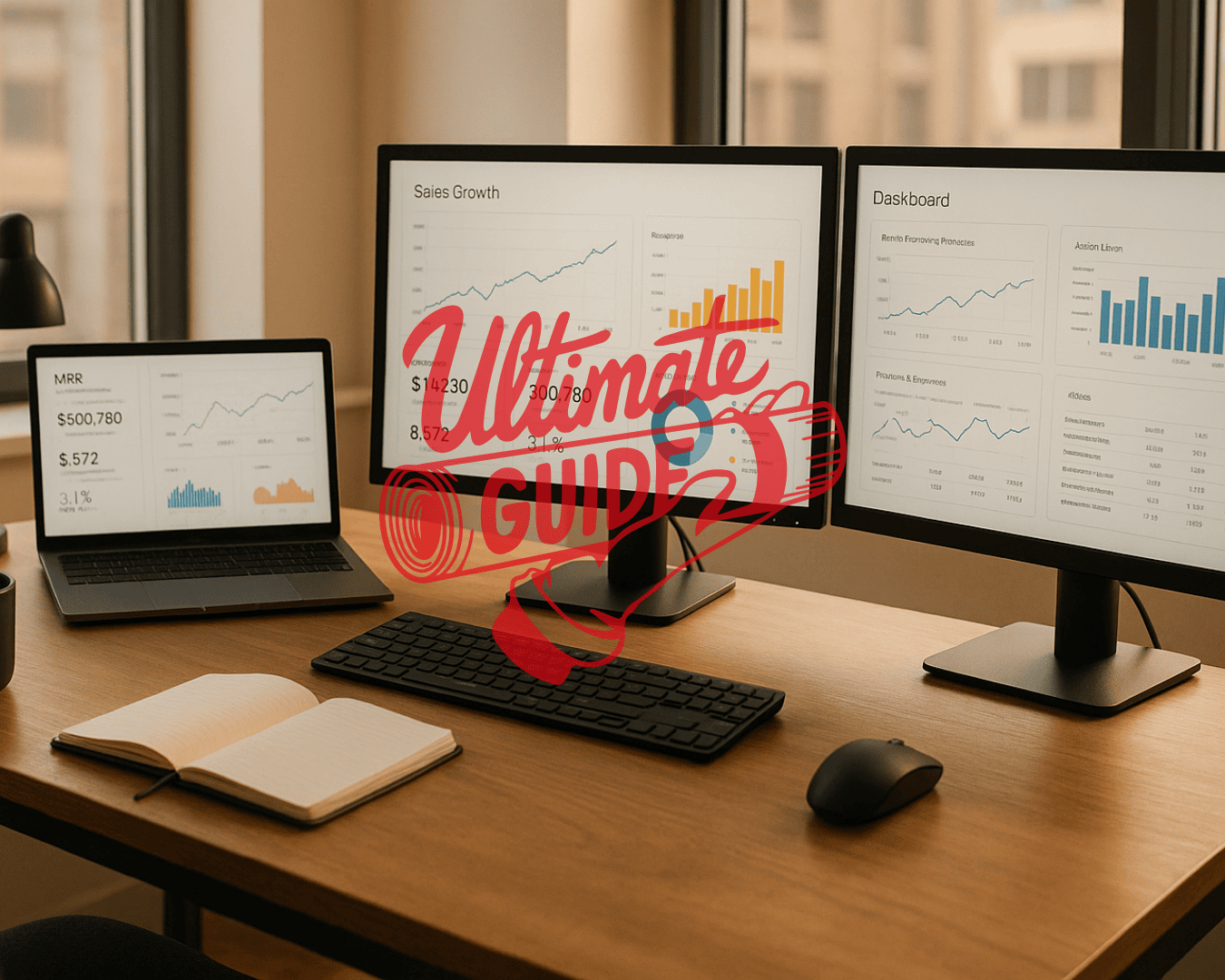






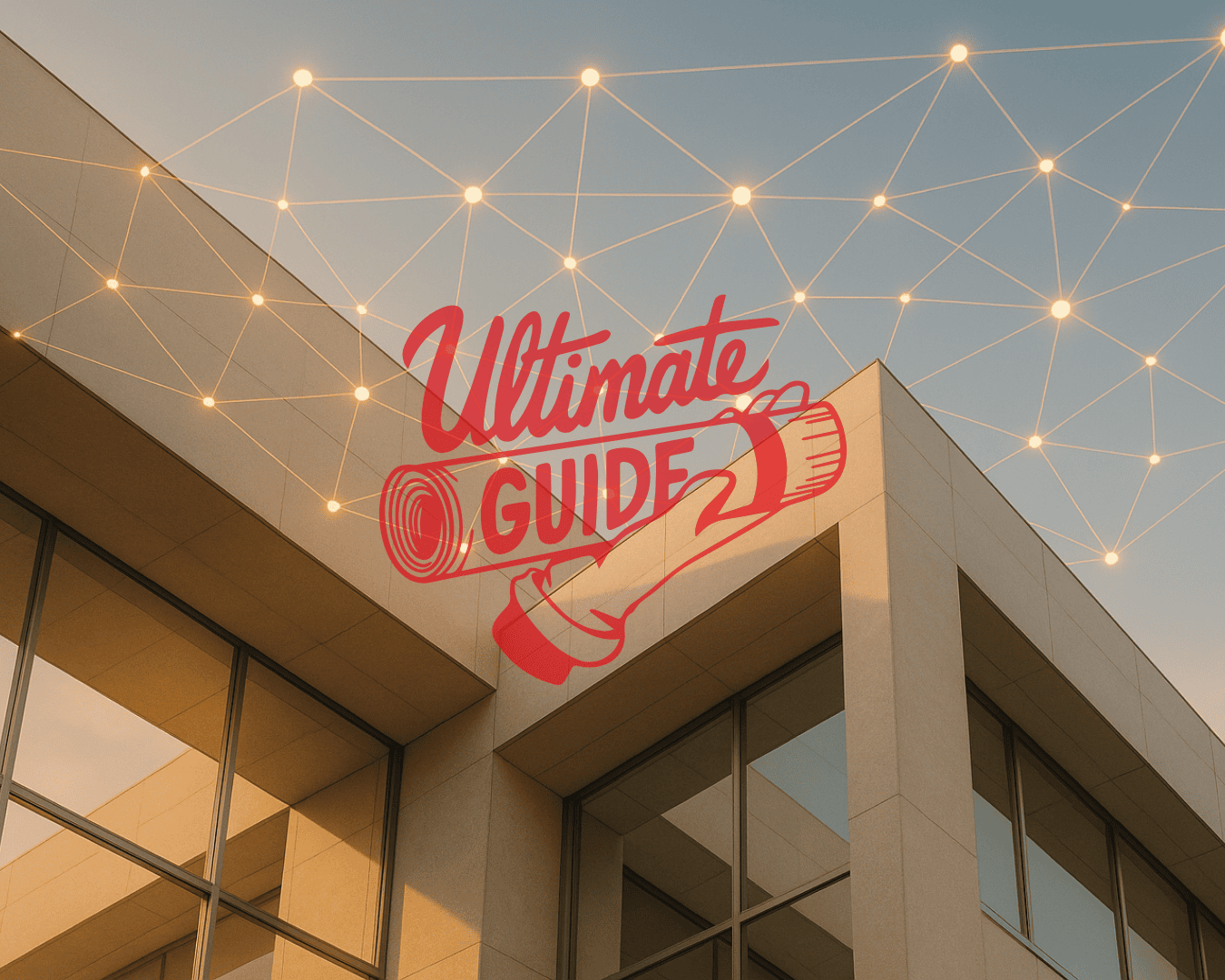



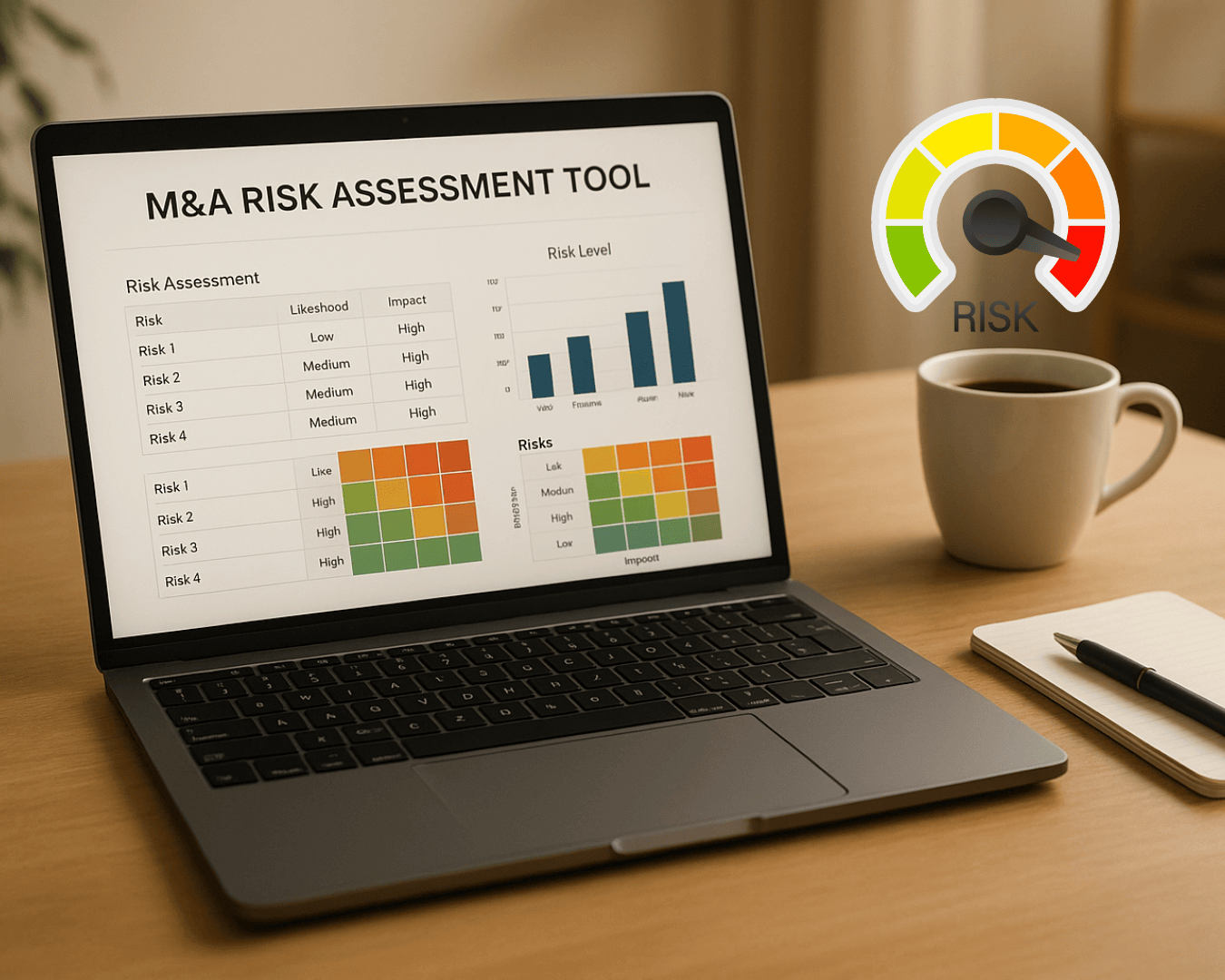

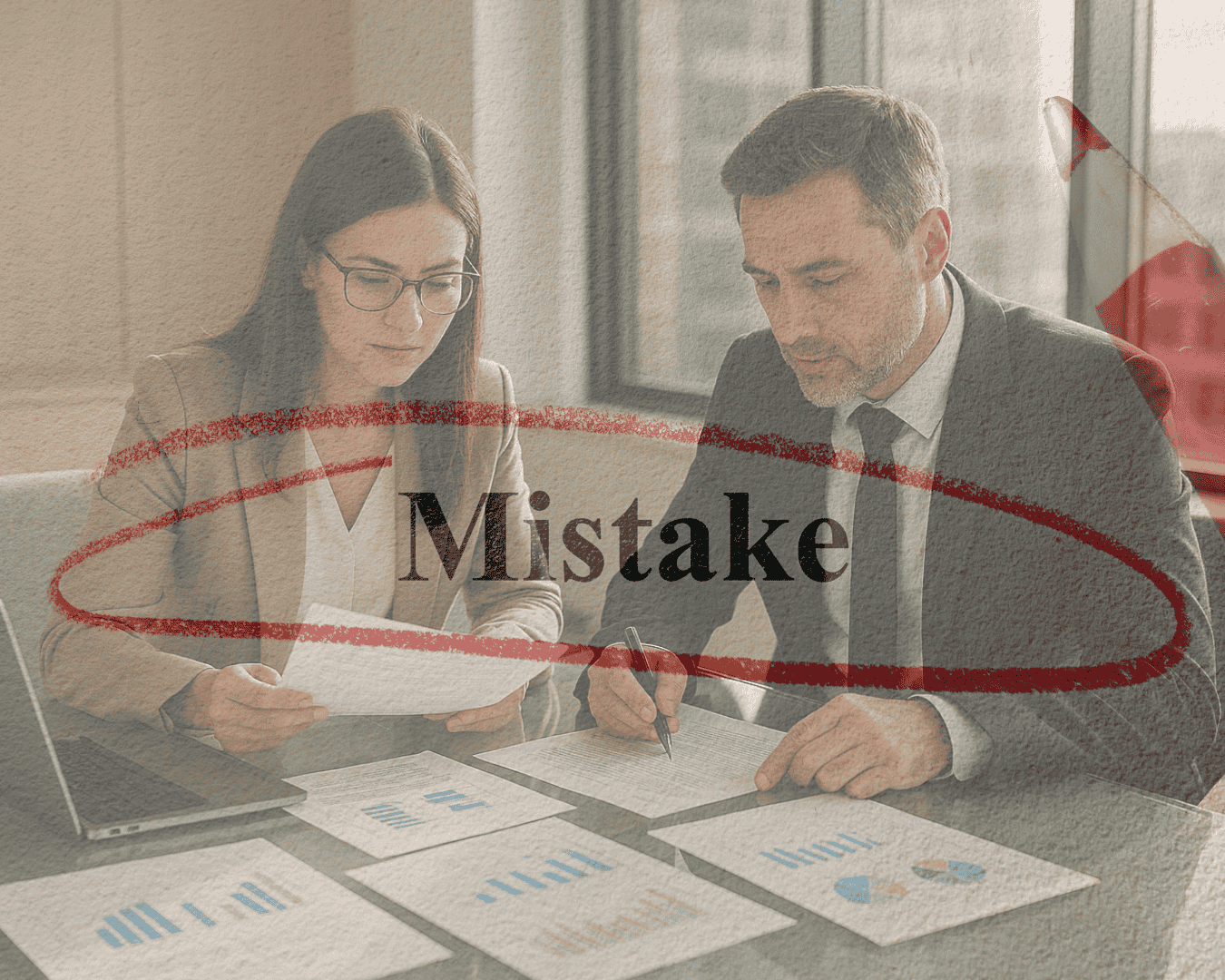
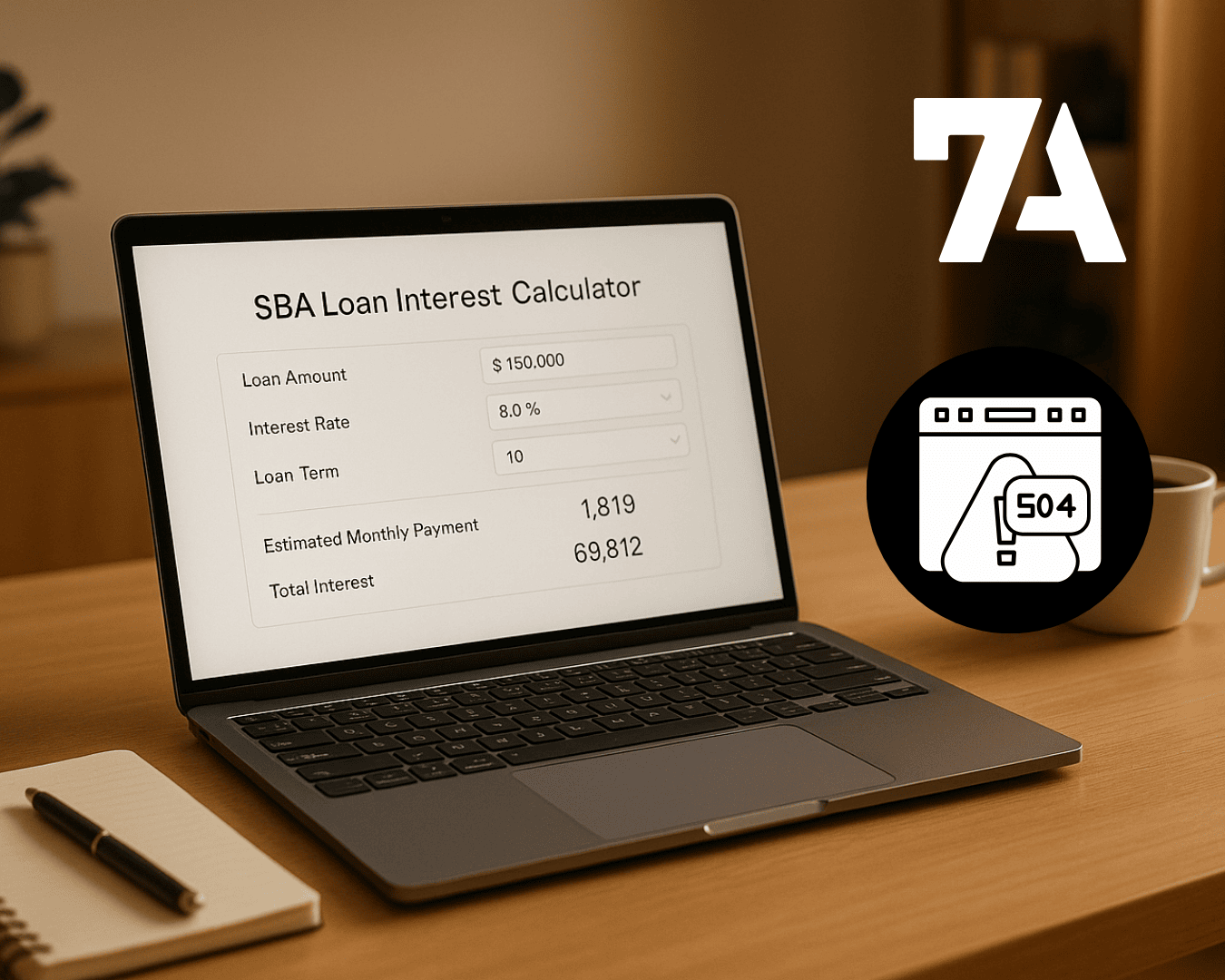








%20Loan%20Application%20Checklist.png)











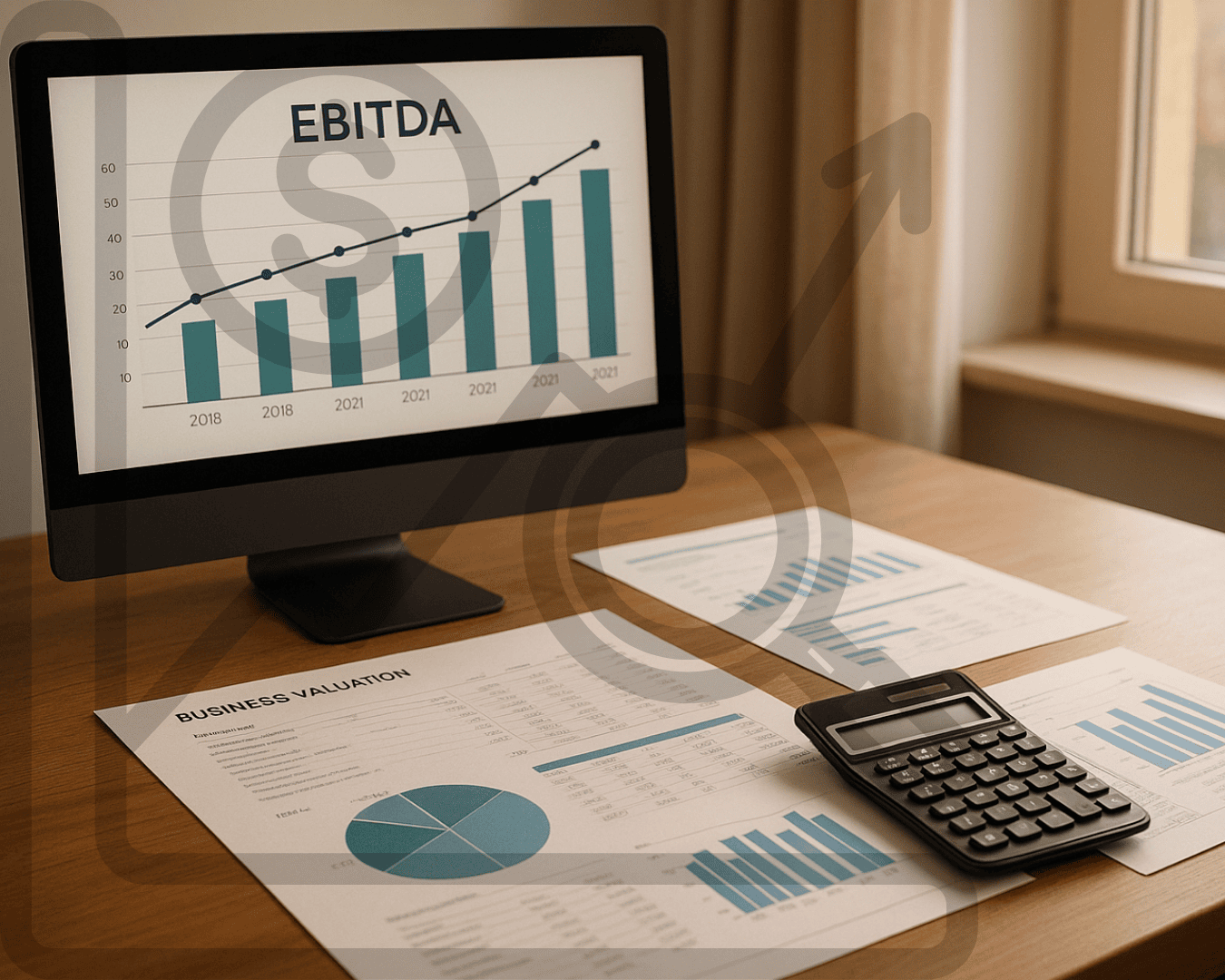





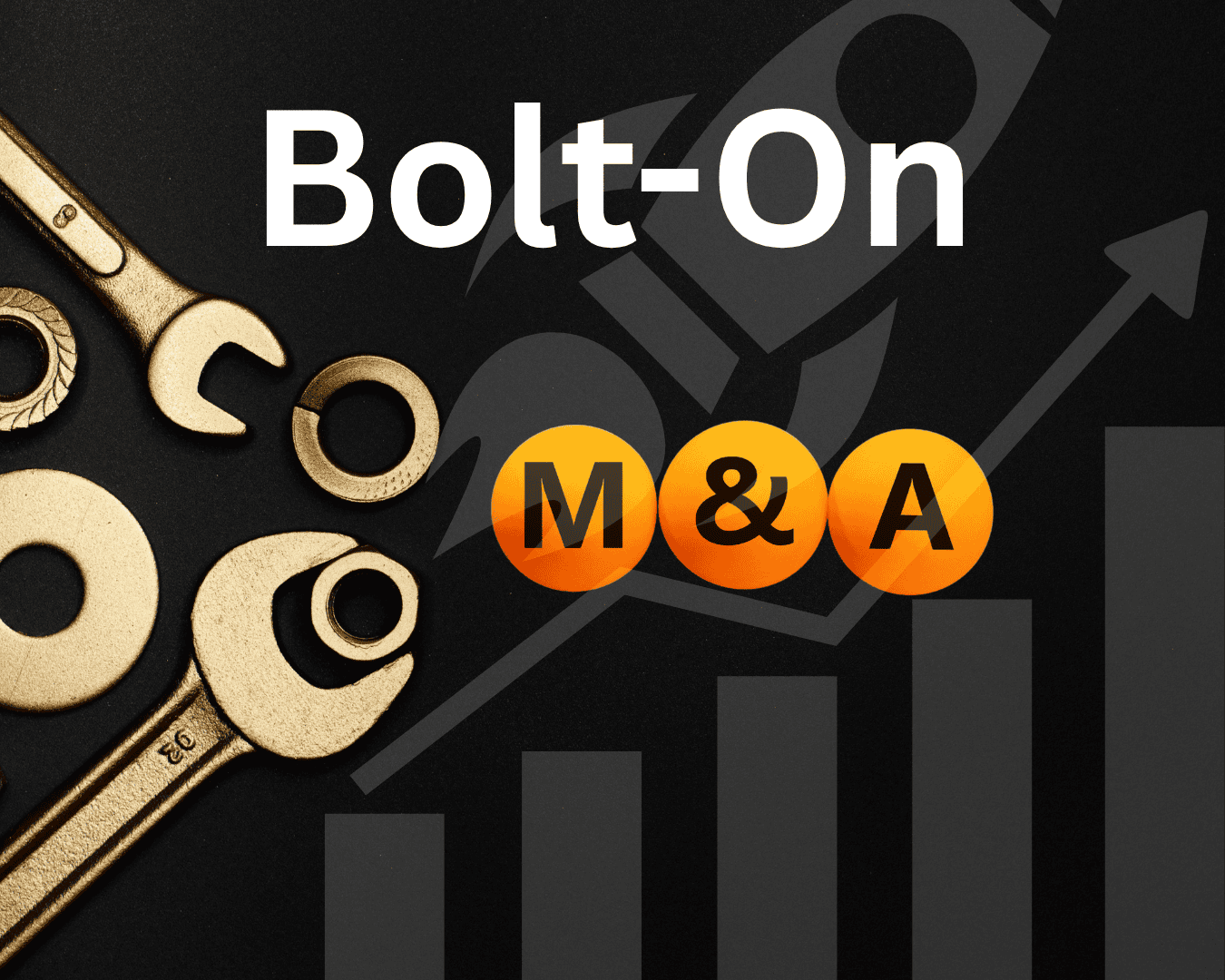










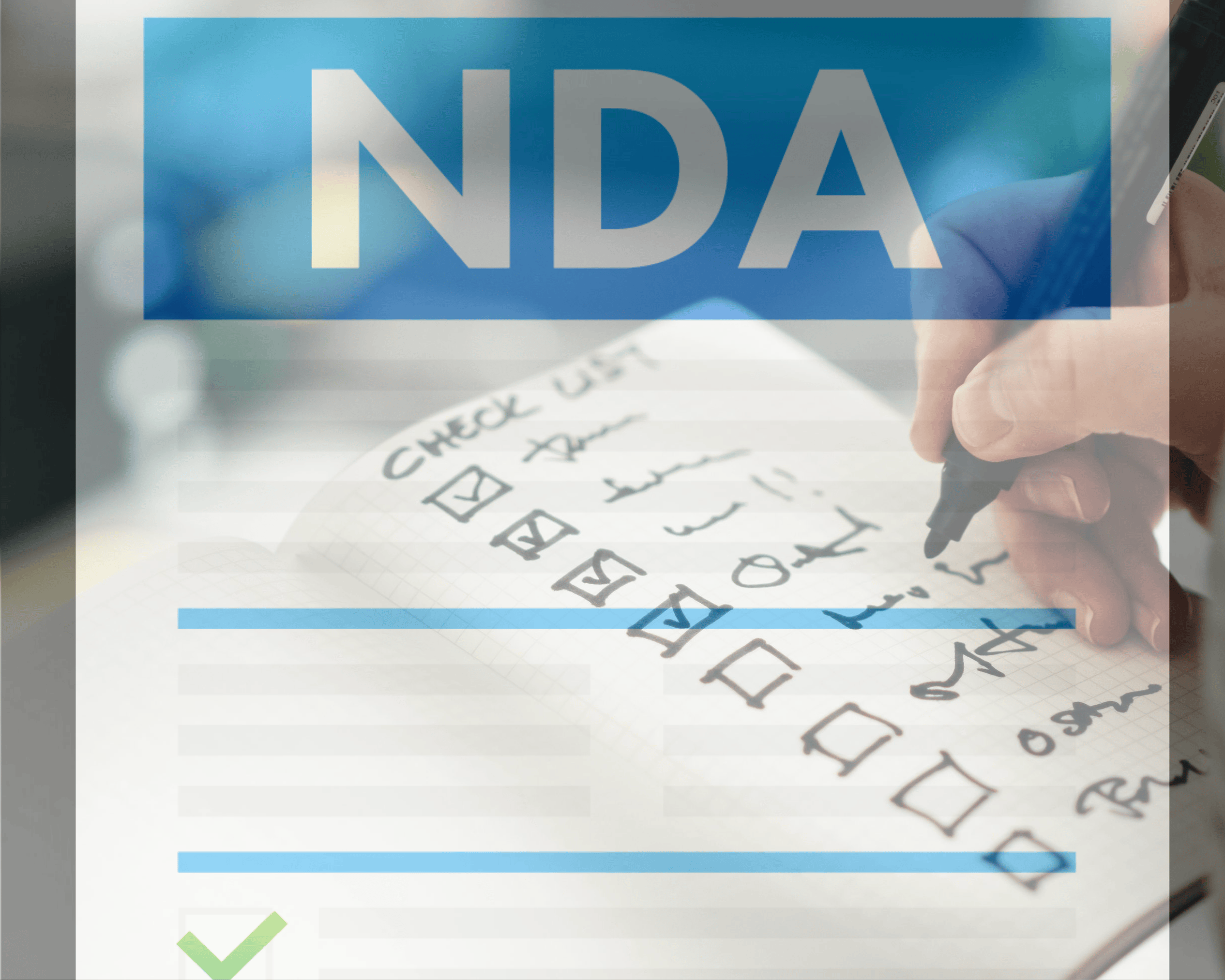

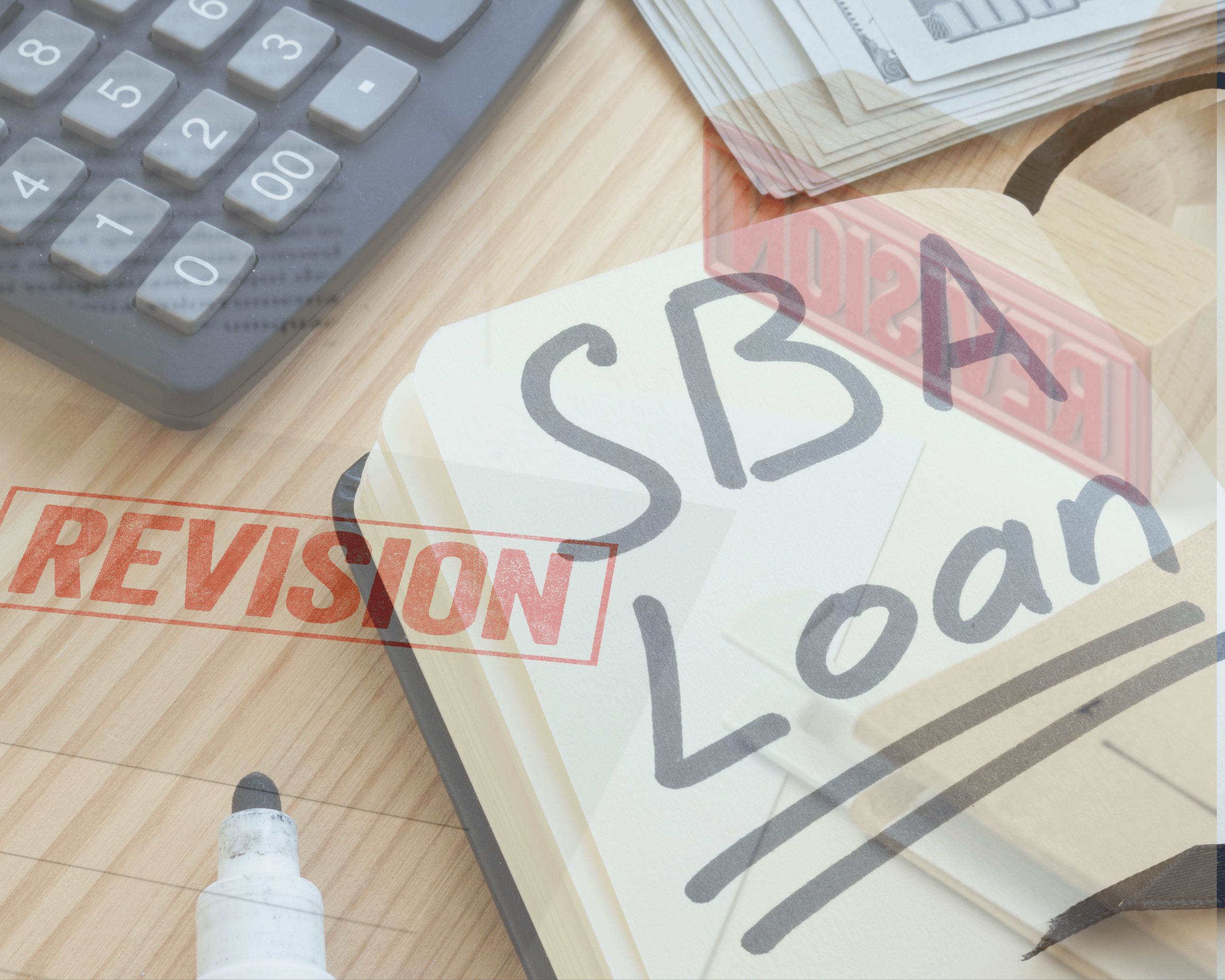








.png)
%20Loans%20%26%20Your%20Buy-Side%20Edge.png)



